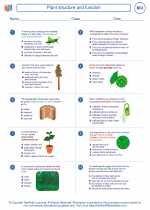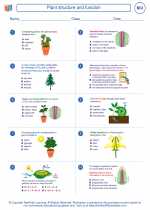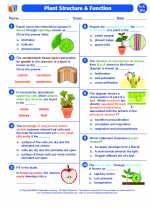Mountain Building
Mountain building, also known as orogenesis, is the process of natural forces that create mountains. This process occurs over millions of years and is influenced by tectonic plate movements, volcanic activity, and erosion.
Tectonic Plate Movements
Tectonic plates are large slabs of the Earth's lithosphere that float on the semi-fluid asthenosphere below. When these plates collide, they can create mountains through a process called continental collision. This occurs when two continental plates converge, causing the land to crumple and fold, leading to the formation of mountain ranges.
Volcanic Activity
Volcanic activity can also contribute to the formation of mountains. When magma rises to the Earth's surface, it can create volcanic mountains through eruptions and the accumulation of volcanic material over time. Examples of volcanic mountains include Mount St. Helens and Mount Fuji.
Erosion
Erosion, caused by wind, water, and ice, can also play a significant role in shaping mountains. As water flows downhill, it can carve out valleys and peaks, gradually shaping the landscape into mountainous terrain. Glaciers can also erode the land, forming U-shaped valleys and sharp mountain peaks.
Study Guide
- What is mountain building and what is the alternative name for it?
- Explain the role of tectonic plate movements in mountain building.
- How does volcanic activity contribute to the formation of mountains?
- Discuss the impact of erosion on shaping mountains.
- Provide examples of famous mountain ranges and their formation processes.
Understanding the processes and forces involved in mountain building is essential for comprehending the Earth's dynamic geological history and the formation of its diverse landscapes.
.◂Biology Worksheets and Study Guides High School. Plant structure and function

 Worksheet/Answer key
Worksheet/Answer key
 Worksheet/Answer key
Worksheet/Answer key
 Worksheet/Answer key
Worksheet/Answer key
 Vocabulary/Answer key
Vocabulary/Answer key
 Vocabulary/Answer key
Vocabulary/Answer key
